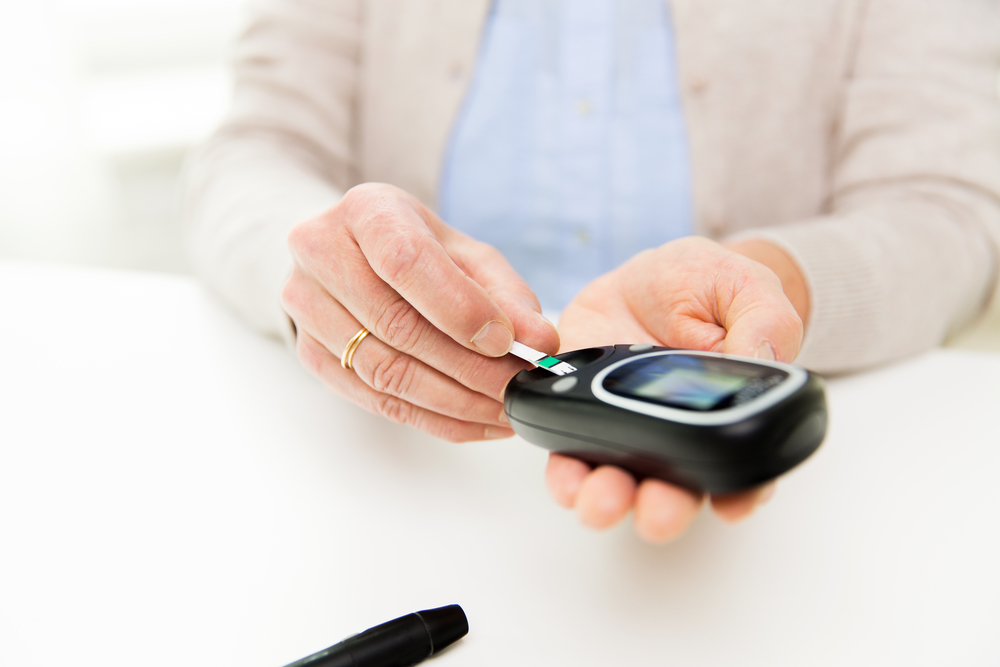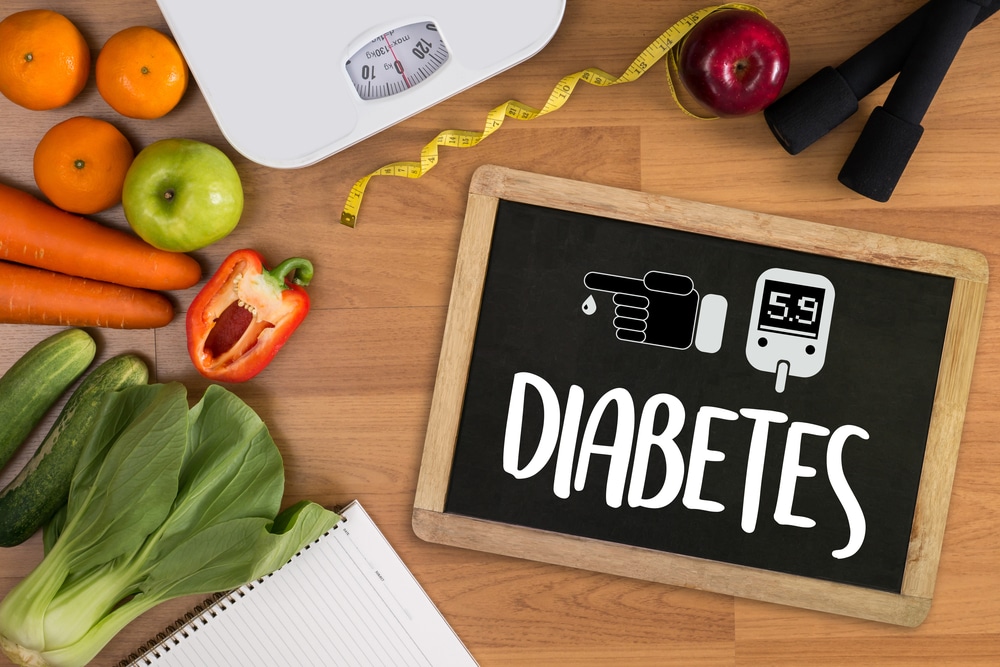Diabetic ketoacidosis (DKA) occurs most commonly in individuals with Type1 Diabetes when there’s a buildup of acids in the blood. Because people with diabetes don’t have enough insulin, their cells can’t use the sugar found in blood for energy, so they use fat instead. Burning fat creates acids called ketones, which can build up in your blood over time. It’s most common in diabetics who experience dehydration or miss their insulin injections for too long.
Preventing Diabetic Ketoacidosis (DKA)
If you know that you have Type 1 Diabetes, you must take certain precautions to protect yourself against DKA. These include taking any prescribed medication, monitor blood sugars, drink plenty of water and fluids throughout the day, and follow your fitness and diet plans.
What Causes DKA?
- Missed insulin injections or not getting the right dosage
- Infections causing dehydration, such as the stomach flu or food poisoning
- Prolonged alcohol or drug abuse
- Undiagnosed diabetes
What are the Symptoms?
- Vomiting or nausea
- Difficulty breathing or dizziness
- A distinct fruity taste in your mouth
- Confusion, weakness or fatigue
Treatment
Once symptoms become pronounced, it’s time to go to the hospital. You’ll likely need insulin and fluids through an IV to bring your ketones down and get you hydrated. This should bring your blood chemistry back in check as well. Once stabilized and releases, you’ll need to follow up with your endocrinologist within a few days. If you don’t treat ketoacidosis, you could lose consciousness, go into a coma, or in severe cases, die.
A Healthy Way Forward
Diabetic ketoacidosis is just one of the many complications that can arise from Type 1 Diabetes. The key to a healthy way forward is education, treatment, and vigilance. Always talk to your doctor if you experience new or changing symptoms.
Contact Us to find out more about preventing and treating diabetes and ketoacidosis.



